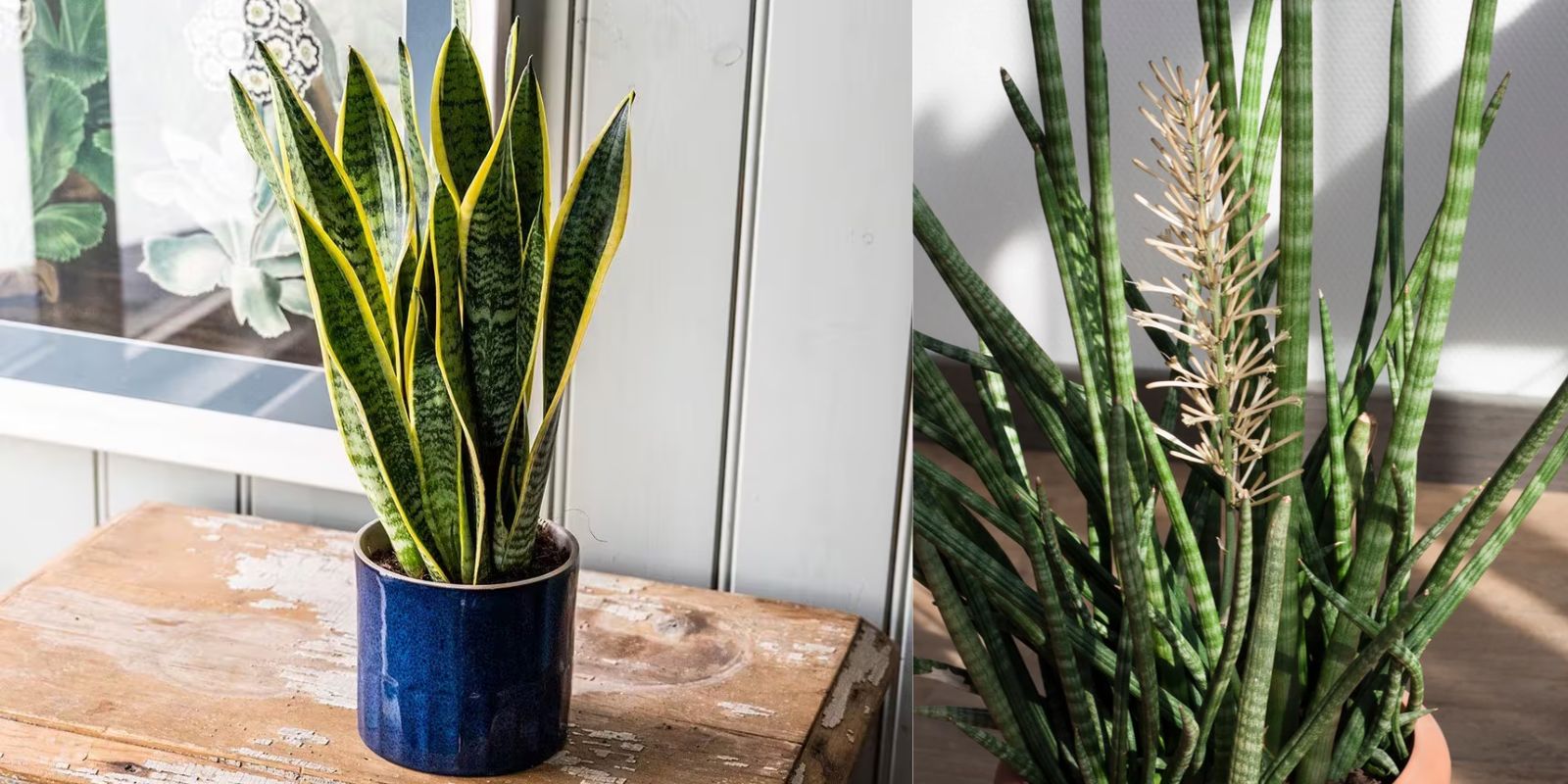The Snake Plant (Sansevieria), commonly known as “Mother-in-Law’s Tongue,” is a popular choice for home decor due to its striking appearance and low-maintenance nature. While it’s primarily celebrated for its hardy, evergreen leaves and air-purifying qualities, many plant enthusiasts dream of seeing this resilient plant bloom. When in bloom, the Snake Plant produces delicate, fragrant flowers that can infuse your home with a subtle, pleasant aroma. In this comprehensive guide, we’ll explore how to encourage your Snake Plant to bloom and make your indoor space smell wonderful.
Understanding the Snake Plant
Before diving into blooming techniques, it’s important to understand the characteristics of the Snake Plant. Native to West Africa, the Snake Plant is known for its upright, sword-shaped leaves that can vary in color from deep green to variegated shades. It’s renowned for its resilience, thriving in various light conditions and requiring minimal water.
The Snake Plant typically blooms in late winter or early spring, producing small, tubular flowers that grow on tall flower spikes. These blooms, although not the main attraction of the plant, add a lovely touch of fragrance that can enhance the ambiance of your home.
Choosing the Right Snake Plant
To increase your chances of getting your Snake Plant to bloom, start with a healthy, mature specimen. Here’s what to look for:
- Age and Size: Mature Snake Plants are more likely to bloom than younger ones. A well-established plant with multiple leaves and a strong root system has a better chance of producing flowers.
- Health: Ensure that your plant is free from pests and diseases. A healthy plant is more likely to thrive and bloom.
Creating the Ideal Environment
Snake Plants are adaptable, but creating the right conditions will help stimulate blooming. Here are some key environmental factors to consider:
- Light Requirements: Snake Plants prefer bright, indirect light. Place your plant near a window where it will receive filtered sunlight. Too much direct sunlight can scorch the leaves, while too little light can slow down growth and reduce the chances of blooming.
- Temperature: Maintain a consistent temperature between 60-75°F (15-24°C). Snake Plants are sensitive to extreme temperatures, so avoid placing them near drafty windows or heat sources.
- Humidity: Although Snake Plants can tolerate a range of humidity levels, they generally prefer average indoor humidity. Avoid placing them in overly dry or damp environments.
Watering and Fertilizing
Proper watering and fertilizing are crucial for encouraging blooming in Snake Plants. Here’s how to get it right:
- Watering: Water your Snake Plant sparingly. Allow the top inch of soil to dry out before watering again. Overwatering can lead to root rot, which can prevent the plant from blooming. During the winter months, reduce watering to once every 6-8 weeks as the plant’s growth slows down.
- Fertilizing: Feed your Snake Plant with a balanced, diluted fertilizer every 6-8 weeks during the growing season (spring and summer). A fertilizer with equal parts nitrogen, phosphorus, and potassium (e.g., 10-10-10) is ideal. Avoid over-fertilizing, as this can lead to excessive leaf growth at the expense of flowers.
Encouraging Blooming
While Snake Plants are not known for their prolific blooms, you can take steps to encourage flowering:
- Stress for Blooming: Some plants, including the Snake Plant, may bloom in response to mild stress. Allow the plant to slightly dry out between waterings and avoid over-fertilizing. This stress can sometimes trigger the plant to flower.
- Repotting: Occasionally, repotting your Snake Plant can stimulate growth and blooming. Choose a pot that is just slightly larger than the current one and use fresh, well-draining soil. Repotting is best done in the spring, before the growing season begins.
- Pruning: Remove any dead or damaged leaves to help the plant direct its energy towards new growth and flowering. Pruning can also improve air circulation around the plant.
Caring for Blooms
If your Snake Plant does bloom, caring for the flowers is relatively straightforward:
- Watering: Continue with your regular watering routine, ensuring that the soil remains lightly moist but not waterlogged.
- Temperature and Light: Maintain the same light and temperature conditions that encouraged blooming. Avoid moving the plant around too much, as this can cause the flowers to wilt prematurely.
- Fertilizing: You can reduce or stop fertilizing once the plant has finished blooming. Resume your regular fertilizing schedule as the plant enters its next growing phase.
Troubleshooting Common Issues
Even with the best care, you might encounter issues that can affect blooming. Here are some common problems and their solutions:
- Lack of Blooms: If your Snake Plant doesn’t bloom, it may be due to insufficient light or water. Ensure the plant is receiving bright, indirect light and that you’re not overwatering.
- Pests and Diseases: Keep an eye out for pests such as spider mites or mealybugs, which can affect the health of your plant. Treat infestations promptly with insecticidal soap or neem oil.
- Leaf Issues: Yellowing or browning leaves can indicate overwatering or nutrient deficiencies. Adjust your watering routine and check the soil for proper drainage.
Enjoying the Fragrance
The fragrance of Snake Plant flowers is subtle but pleasant, with a sweet, slightly spicy aroma. Once the plant starts blooming, you can enjoy this delightful scent as it wafts through your home. The flowers usually last for several weeks, providing a temporary but lovely addition to your indoor environment.
Conclusion: Embrace the Beauty of Snake Plant Blooms
Growing a Snake Plant and encouraging it to bloom is a rewarding experience that adds a touch of elegance and fragrance to your home. By providing the right conditions and care, you can enjoy the unique beauty of Snake Plant flowers and the refreshing aroma they bring.
Call to Action: Have you had success with your Snake Plant blooms? Share your tips, experiences, or any questions you have in the comments below. Let’s celebrate the charm and fragrance of Snake Plant flowers together! 🌿🌸

